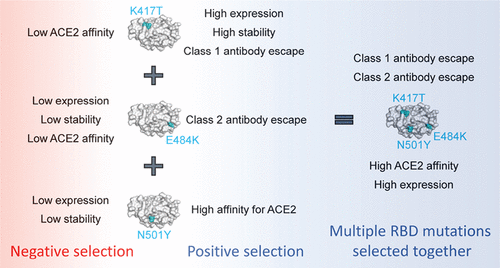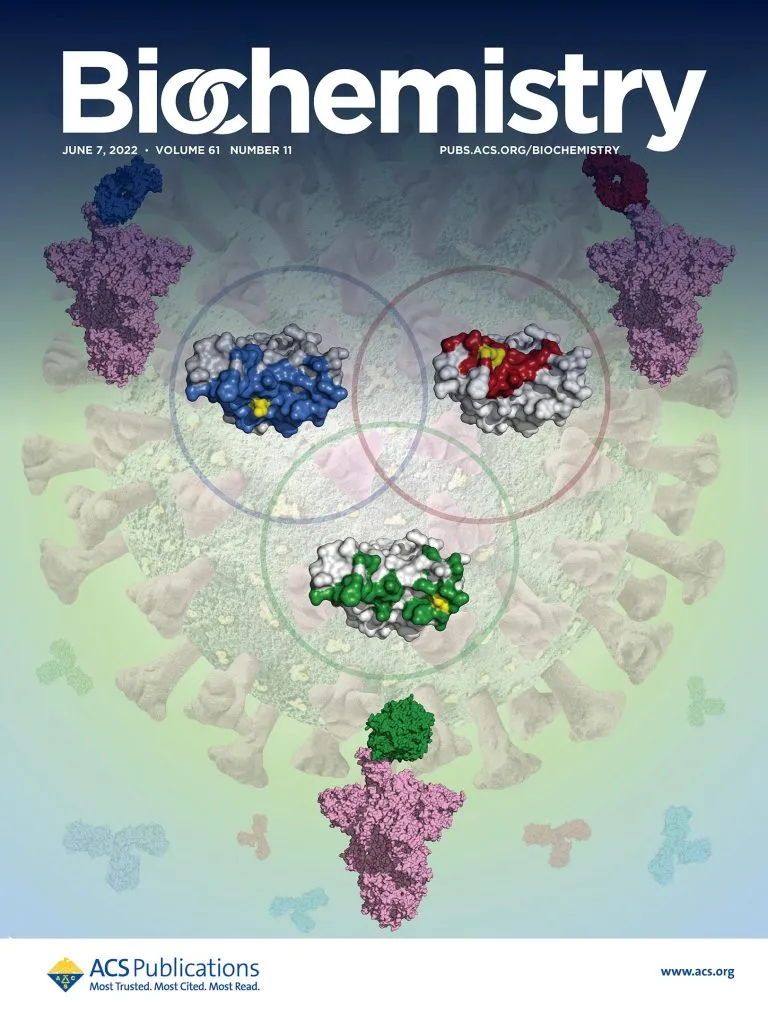When sars-cov-2, the virus that causes covid-19 disease, first appeared, it was a single variant. Over time, novel coronavirus has been evolving, and new variants have emerged, including alpha, beta, Delta, gamma and Omicron. Unfortunately, researchers have found that vaccines and treatments are sometimes far less effective for some of these variants**
But why? In a new study, scientists investigated the physical basis of why approved antibody therapies could not neutralize recently worrisome covid-19 variants, such as Omicron and its sub variants.
Published in [biochemistry] on June 7, 2022( https://pubs.acs.org/doi/10.1021/acs.biochem.2c00132 ) 》The new study in the journal is the first to explore the effects of multiple mutations in the evolution of sars-cov-2 variants. These findings can help scientists better understand the characteristics of current and new variants. These results can also be used to better guide the development of vaccines and treatments to deal with the threat posed by variants.

Dr. Krishna mallela, the corresponding author of the paper and a professor of pharmaceutical science at the scargus School of pharmacy of the University of Colorado at the anschuz medical campus of the University of Colorado, said: "early research, including our research, focused on explaining the impact of a single mutation, rather than the mechanism of mutation coevolution."
He added: "our research helps to explain the concept of convergent evolution by balancing positive and negative selection pressures."
This new paper, CO authored by Vaibhav Upadhyay, Casey Patrick and Alexandra Lucas of the malera laboratory, was published on the cover of the magazine. This paper provides the physical basis for the failure of approved antibody therapies to neutralize recently interesting variants such as Omicron and its sub variants.
"Understanding the mechanism of antibody escape and the mutation location of spike proteins will help to develop new antibody therapies against new variants by targeting epitopes with minimal mutations or by developing broadly neutralizing antibodies against multiple epitopes," mallela said

The study found that some mutations occurred repeatedly in the newly emerged variants, showing a convergent evolution. One evolution occurred at three amino acid positions K417, E484 and n501 in the receptor binding domain (RBD) of spike proteins. In the 4.3 million mutation sequences containing any of the three mutations in the gisaid database, nearly half of the mutations occurred at the same time. Although a single mutation has both beneficial and harmful / adverse effects, when they occur together, the harmful / adverse effects will be offset, resulting in improved CO selection of mutations.
The researchers studied the physical mechanism of convergent evolution of these three mutations by delineating the individual and collective effects of mutations on the binding of angiotensin-converting enzyme 2 receptor, immune escape of neutralizing antibody, protein stability and expression.
They found that these three RBD mutations play very different specific roles, help to improve the viability of the virus, and provide a basis for their positive selection. Although individual mutations have harmful effects, making them vulnerable to negative selection. Compared with the wild type, k417t can avoid class 1 antibody and improve the stability and expression; However, its binding to ACE2 receptor decreased. E484k can escape class 2 antibody; However, its receptor binding, stability and expression decreased. N501y increases receptor binding; However, its stability and expression decreased. When these mutations occur at the same time, the harmful effects are mitigated due to the existence of compensation. The triple mutant k417t/e484k/n501y increased the binding of ACE2 receptor, avoided class 1 and class 2 antibodies, and had similar stability and expression to the wild type.
The authors conclude that the collective effect of these mutations is much more beneficial to the adaptability of the virus than a single mutation, and the existence of multiple mutations improves the selection of a single mutation.
Mallela concluded: "with the evolution of sars-cov-2 from alpha to Omicron, more and more mutations are accumulating. We hope that by providing research to understand the role of these mutations, we can help further promote research and the development of new therapies to better combat new variants."